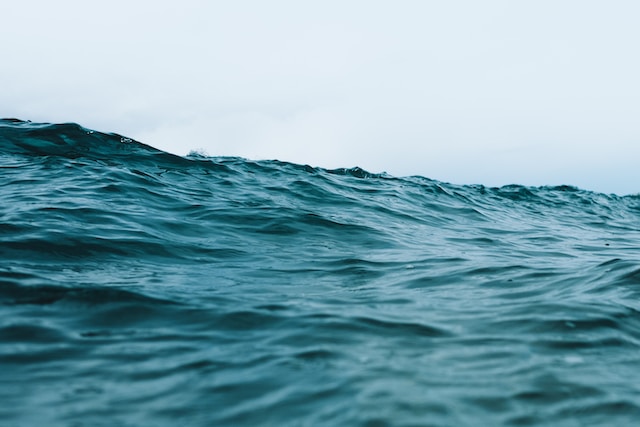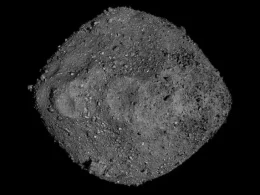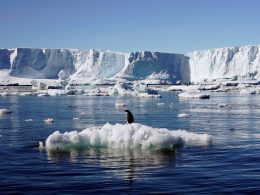Introduction:
The world beneath the ocean’s surface has always been shrouded in mystery, with vast expanses of the deep sea remaining largely unexplored. However, the emergence of deep-sea mining operations has unintentionally unveiled a treasure trove of previously unknown species. In this article, we delve into the groundbreaking discoveries made during deep-sea mining expeditions, highlighting the importance of balancing scientific exploration with the need for ocean conservation.
I. The Rise of Deep-Sea Mining:
Driven by the demand for valuable minerals and rare metals, deep-sea mining has gained momentum as a potentially lucrative industry. Mining companies have set their sights on the rich mineral deposits found in the depths of the ocean floor, leading to extensive exploration and extraction efforts.
II. Unveiling a Hidden Biodiversity Hotspot:
As mining operations venture into the deep sea, they inadvertently expose previously unknown ecosystems teeming with life. The extraction methods used involve dredging or cutting through the ocean floor, revealing habitats and organisms that have evolved in the extreme conditions of darkness and high pressure.
III. Discoveries of New Species:
Deep-sea mining expeditions have yielded a plethora of exciting discoveries, with scientists identifying thousands of new species. From vibrant corals and unique fish to strange-looking invertebrates and microscopic organisms, the diversity of life in these previously unexplored regions is awe-inspiring.
a) Remarkable Adaptations:
The species found in deep-sea mining areas showcase extraordinary adaptations to their challenging environments. These adaptations include bioluminescence, gelatinous bodies, and specialized appendages, allowing them to thrive in the darkness and scarcity of resources.
b) Unique Ecological Interactions:
Explorations have revealed intricate ecological relationships, such as symbiotic partnerships between species and the reliance of certain organisms on the mineral-rich sediments in the deep sea. Studying these interactions provides valuable insights into the functioning of deep-sea ecosystems.
IV. The Conservation Conundrum:
While the scientific community celebrates the newfound knowledge and biodiversity from deep-sea mining expeditions, concerns about the environmental impact of these operations persist.
a) Habitat Destruction:
Deep-sea mining involves the removal of large areas of the ocean floor, leading to habitat destruction and the loss of sensitive ecosystems. This destruction can have long-lasting consequences for the organisms that call these regions home.
b) Disruption of Ecosystem Services:
Deep-sea ecosystems provide essential ecosystem services, such as carbon sequestration and nutrient cycling, which contribute to the overall health of our planet. The disruption caused by mining activities can impair these services, with potential consequences for global climate regulation.
V. Balancing Exploration and Conservation:
Finding a balance between scientific exploration and environmental conservation is crucial when it comes to deep-sea mining.
a) Improved Environmental Impact Assessments:
Robust environmental impact assessments are necessary to evaluate the potential consequences of deep-sea mining operations accurately. These assessments should consider the ecological, socio-economic, and cultural implications to inform responsible decision-making.
b) Protecting Vulnerable Areas:
Identifying and designating vulnerable deep-sea ecosystems as protected areas can safeguard unique biodiversity and allow for continued scientific exploration without compromising their integrity.
c) Sustainable Mining Practices:
Encouraging the development and adoption of sustainable mining practices can mitigate the environmental impact of deep-sea mining. This includes minimizing habitat destruction, implementing rigorous waste management procedures, and exploring alternative methods for mineral extraction.
VI. Conclusion:
Deep-sea mining has inadvertently provided a glimpse into the mysterious world beneath the ocean’s surface, unveiling thousands of new ocean species and highlighting the incredible biodiversity that exists in these remote regions. However, it is crucial to balance scientific exploration with responsible environmental stewardship. By incorporating rigorous
environmental assessments, protecting vulnerable areas, and promoting sustainable mining practices, we can ensure that the wonders of the deep sea are preserved for future generations to explore and appreciate.










